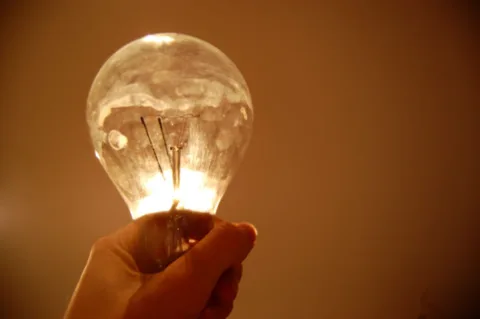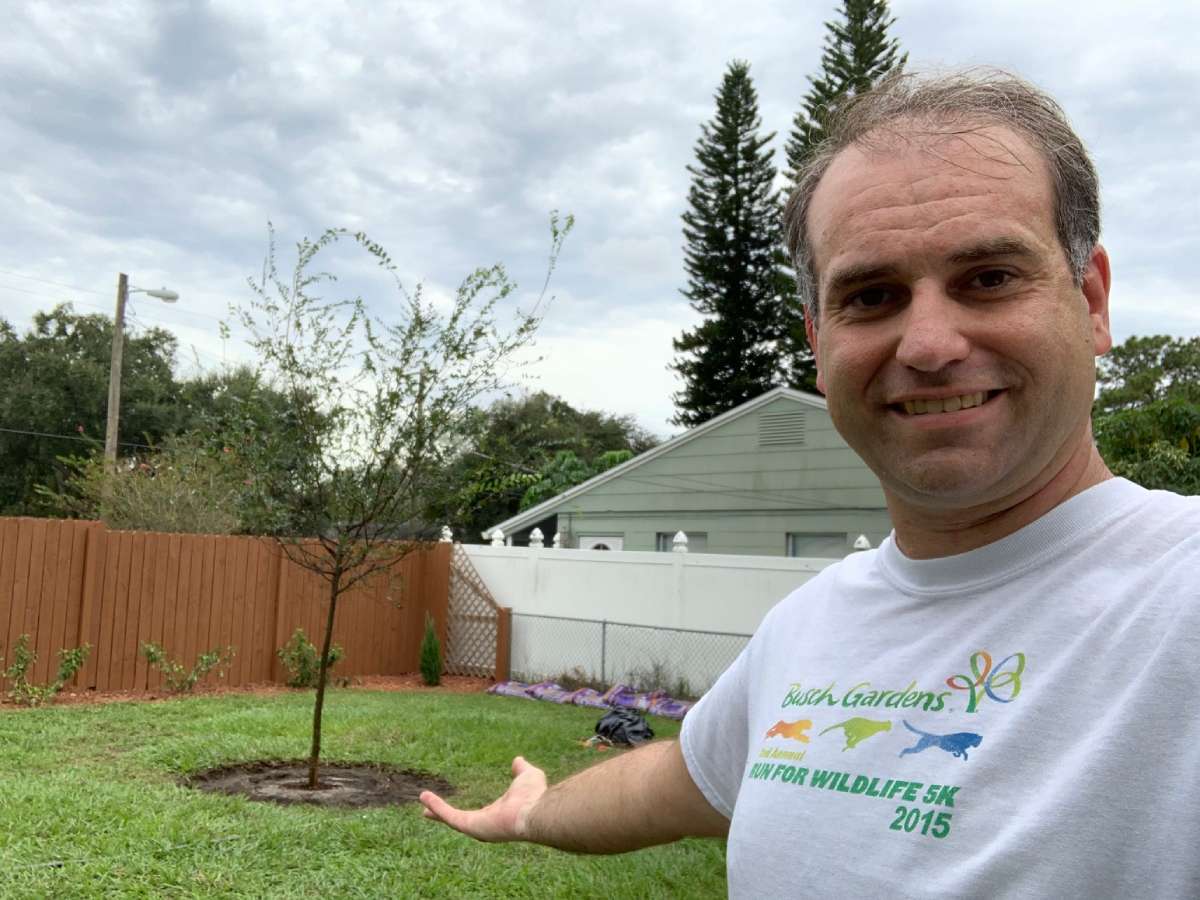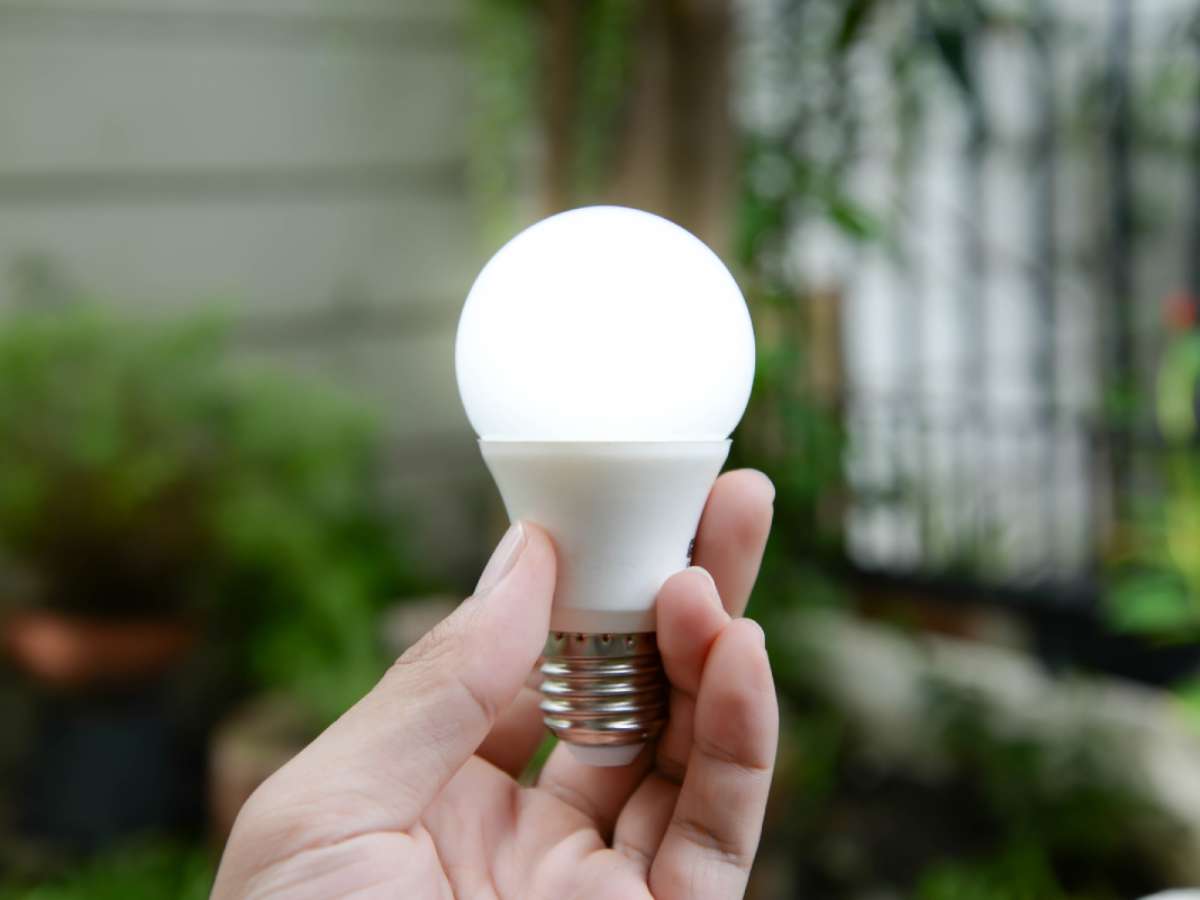The incandescent light bulb ban that affected Americans in 2012 (when the 100-watt incandescent bulbs were phased out) and 2013 (when 75-watt incandescent bulbs went dark) is now about to take effect on the biggest part of the lighting market: 40-watt and 60-watt incandescent light bulbs.
As of January 1, 2014, it’s illegal to manufacture or import traditional 40-watt and 60-watt incandescent bulbs.
This law effectively turns out the lights on the most popular light bulbs in the United States.
As many laws go, this one has been in the making for a long time. The United States Senate passed an energy bill in 2007 that led to the incandescent light bulb ban that has taken effect. The general goal was to help cut energy expenditures and reduce emissions
But what does this mean for you?
How can you keep the lights shining at your house after the ban on the popular 40-watt and 60-watt bulbs has taken effect?
Here’s what you need to know…
Surviving The Incandescent Light Bulb Ban: Alternatives
Of course, most of us know about the many other types of light bulbs on the market.
Chiefly, these include the following:
- Compact Fluorescent Lamp (CFL) light bulbs
- Halogen light bulbs
- Light Emitting Diode (LED) light bulbs
Each of these is more expensive to purchase up-front than an incandescent light bulb – that is one hurdle most Americans will have to get over. However, each of these light bulbs last much longer than any incandescent light bulb and use less energy, so the theory is that CFL, LED, and halogen light bulbs are cheaper to use in the long run than incandescent light bulbs.
The green lighting alternatives, however, aren’t completely glowing:
- One of the biggest downsides about CFL light bulbs is that they contain a small amount of mercury. So, if one breaks, you must not touch the bulb, and need to air the room out for at least 10 minutes. When you need to dispose of a CFL bulb, it must be recycled properly to prevent the release of mercury into the environment.
- As for halogen lights, one of the biggest drawbacks is that they get very hot. Many fires have started due to halogen fixtures burning nearby upholstery or other flammable materials.
- LED lights are very cool to the touch, however, they are the most expensive type of light on the market right now — which makes it very difficult for most people to switch from incandescent lighting to LED lighting.
Myths About The Incandescent Light Bulb Ban
Following are 3 important light bulb ban myths that have been debunked.
Myth #1 Debunked: Perhaps the most important myth to debunk about the light bulb ban is this: not all incandescent light bulbs are banned… at least not yet. Just the ones that are the most popular have the U.S. government pulled the plugs on.
As of right now, incandescent light bulbs that are less than 40 watts or greater than 150 watts will go onto shine another day. The current rules do not affect the following incandescent light bulbs:
- Plant light bulbs
- 3-way light bulbs
- Specialty bulbs (such as colored bulbs)
- Christmas and other holiday lights
Myth #2 Debunked: This myth has to do with the new light bulb law itself. The U.S. government never really banned incandescent light bulbs, per se. What really happened was that the 2007 energy bill required incandescent light bulbs to improve their efficiency by the years 2012-2014.
The result, however, is a phase out of most incandescent light bulbs, as manufacturers opted to simply switch their focus to the LED, CFL, and halogen bulbs which are already more efficient and have a higher profit margin than incandescent lights.
Myth #3 Debunked: An additional light bulb ban myth many people believe is that the government is banning the use of incandescent light bulbs. That, however, is not true at all.
What the government has banned is the manufacture and import of incandescent light bulbs – not their use. Many people, in fact, have been stocking up on incandescent light bulbs for months, and may use them for as long as they still work.





